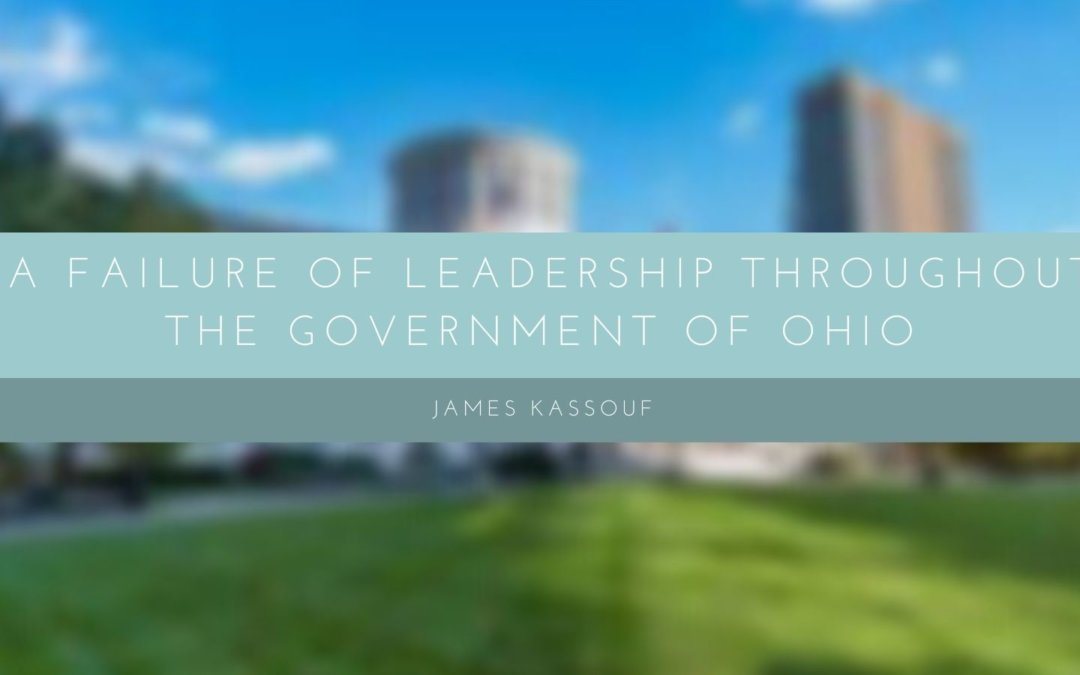Over the past year, many have struggled with the ongoing COVID-19 pandemic. Those in Ohio have felt the pandemic’s effects especially hard on leadership and the workforce. In 2020, over 1.6 million Ohioans filed claims with the Ohio Department of Job and Family Services over 22 weeks. One in five Ohio workers were now filing for unemployment due to their businesses laying them off, due to being unable to pay wages, thus forcing closures for multiple weeks.
With a sudden spike in demand for an already paper-thin unemployment benefits system, it had reached its breaking point. The state was already low on funds to help pay the claims, short on staffing to answer the numerous calls that they were receiving in a day, and their software system was out of date and posing challenges at the influx of claim information. The pandemic left thousands of Ohioans calling for weeks only to be left without answers as to how they would pay for either food or housing.
Many who were required to stay home during the pandemic if they tested positive for the COVID-19 virus faced issues with taking paid sick leave; a problem that many Ohioans wanted to be addressed at both a state and federal level. Not having answers left many wondering what they should do when most companies only gave them five days of sick leave when federal health officials recommended quarantining for up to two weeks.
While the federal Families First Coronavirus Response Act created emergency protection for private-sector employees if they had to quarantine, it didn’t include companies with more than 500 employees or fewer than 50 employees. A bill had not passed until late March that helped give employees with paid sick leave provisions at the state level.
In the past, around 90% of American workers have admitted that they will not go home if they have felt sick, according to a study conducted in October 2019 by the global staffing Accountemps. The pandemic’s rise pulled back the curtain on that problem initially but was soon buried by the economy and vaccines’ potential; a topic of concern for many Ohioans that feel it needs to be brought back to the surface.
As jobs slowly started to return, many found themselves not returning to the workforce due to both the stimulus package and their unemployment offering more wages than their original jobs were paying. Many Ohioans have wondered how the government plans to bring in sustainable jobs while revitalizing different industries, especially when seeing miles of abandoned mills, including the well-known former General Motors plant located in Lordstown, left to decay and lay vacant.
Ohio has long relied on the promise of manufacturing jobs either returning or being created to help bring in more jobs. Voters are worried about the number of declines they have seen in what are considered to be “livable-wage” jobs. Ohioans call for fair wages and affordable housing, which have become two of Ohio’s most critical economic issues.

